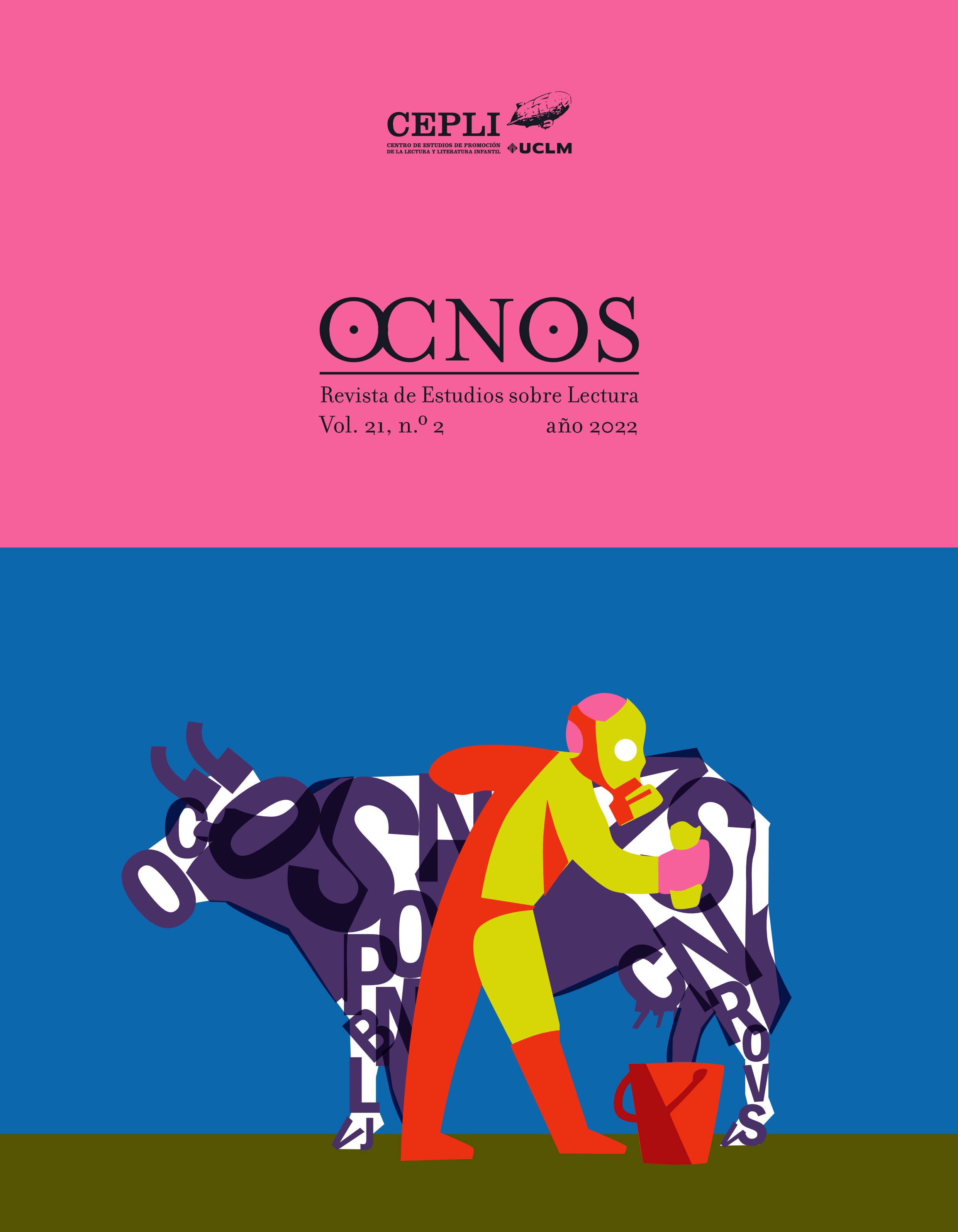Formal trends in children’s poetry in Spanish in the 21st century
Main Article Content
Abstract
In the 20th century, children’s poetry was greatly influenced by folk orality. However, several critics have pointed out that it has undergone a formal transformation in the first decades of the 21st century. Through a literary and statistical study, this article aims at determining which are the most used formal trends in contemporary children’s poetry. Specifically, the length of the verse, the general form of the poem (prose poetry, free verse, and metrics), and the use of visual poetry are analyzed. The corpus of this work consists of the winners of the Hispanic American Prize for Children’s Poetry and is made up of 16 books and 423 poems. It was found that, in 21st century children’s poetry, the most frequent form is free verse; the metrics is still employed, but with many innovations; the use of various visual poetry resources is common; and prose poetry has begun to take hold. In conclusion, a period of true formal renovation is being experienced those points to new sensitivities, didactic strategies, and forms of reading.
Article Details

This work is licensed under a Creative Commons Attribution-NonCommercial-NoDerivatives 4.0 International License.
The articles published at Ocnos will have a Creative Common Licence Creative Commons Attribution-Noncommercial-No Derivative Works 3.0 Unported

